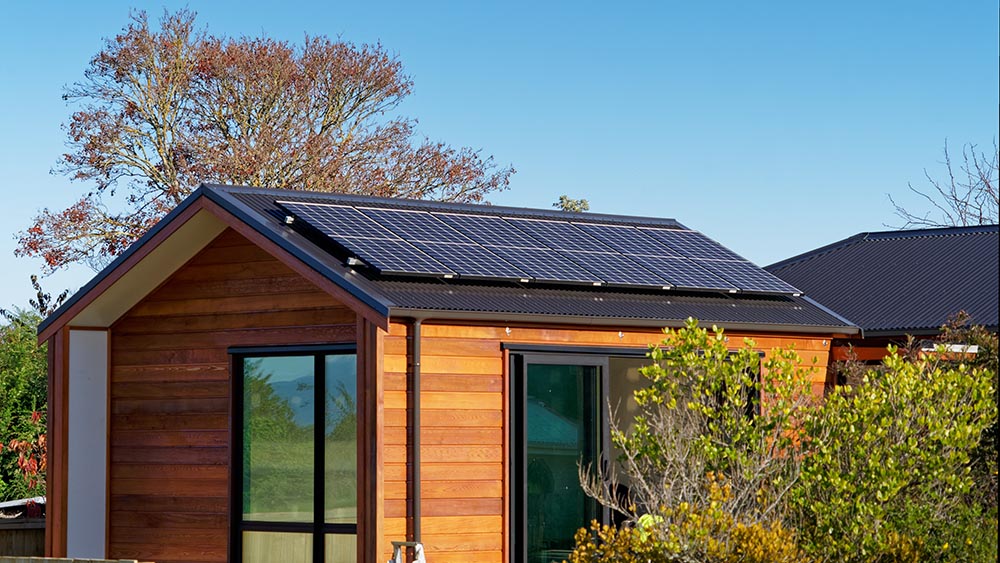

The inverter converts DC power into AC power, which is the kind of power that is actually useable to supply your mini-fridge, phone, lights, cooking appliances, and what have you.
#LIVING OFF GRID GENERATOR#
The next component of a solar generator is the inverter.

After that, the DC power is fed through the charge controller, which regulates how much power is stored in your battery backups and how much goes to your solar inverter. To turn solar energy into useable power, the panels collect energy from the sun and then convert that energy into DC power. They aren’t “generating” their own power so much as “borrowing” it from the sun.
#LIVING OFF GRID PORTABLE#
This is what I mean when I said “solar generator” is a kind of misnomer.Īll portable generators have to be connected to a solar panel or an additional power source like a car or home outlet, in order to function. Some people that are new to the solar world are initially under the impression that portable solar generators create power entirely on their own accord, independent of a panel system.

Portable solar generators contain four basic parts: solar panels, a converter, solar batteries, and an inverter. They use four different key components to make their magic happen. In a nutshell, solar generators work by taking in solar energy from the sun and converting that energy into DC (direct current) power, then into AC (alternating current) power, which is useable in an off-grid setup. Energy is never created or destroyed, as the Law of Conservation of Energy puts it! It’s important to note that the term “solar generator” is a tad misleading because they aren’t actually generating or creating power so much as converting power into an alternate form. Most portable solar generators look just like a small boombox from the 80s - you know, like the one from that famous scene in “Say Anything.” They also come in different sizes that support different power needs. While portable solar generators may seem daunting and complex, it’s surprisingly easy to use one in your own off-grid campsite or homestead. I’ve also been fully off the grid in my own tiny home for over a decade!įor both of these reasons, I often have friends ask me questions about my portable solar generator and how it aids my off-grid life. I make it a major priority of mine to go on plenty of adventures off the grid and reconnect with nature, whether that’s camping out for a weekend with my girlfriend or taking a cross country trip in my mobile tiny house. I’ll get more into what those types of generators can actually power down below. Portable solar generators contain about 500 watts of power, which can’t power everything in your tiny house or campsite at once, but can power enough for an enjoyable off-grid experience. With this type of generator, it’s not just drawing power from the sun or recharging, it’s pulling power from its battery backups until that battery is drained. Most solar generators are connected to solar panels, but you can also use charged solar generators without the panels. They can’t give you as much power as installing lots of panels can, but they do still have a surprising amount of juice for their small appearance. Portable solar generators are basically a mini power pack connected to a solar panel or an additional power source.

The Ultimate Guide To Personal Development.Select a state or visit the main Tiny House Communities page.Tiny House Kitchen Ideas and Inspiration.


 0 kommentar(er)
0 kommentar(er)
